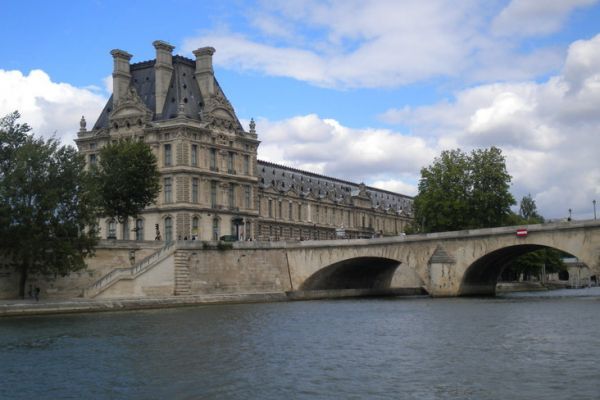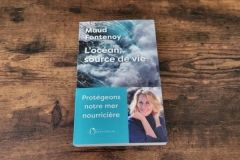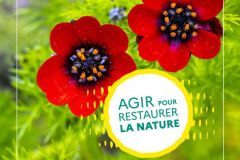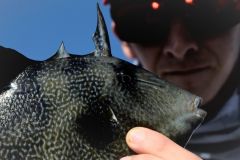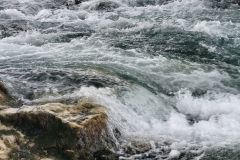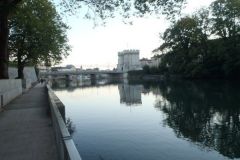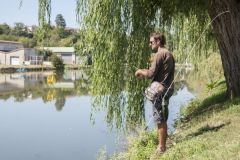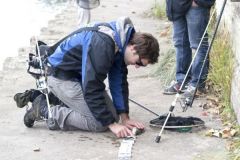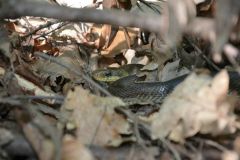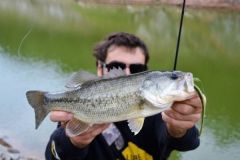Highlights
Return of historic speciesâeuros¯: the sculpin, a small fish classified as vulnerable at European level and highly demanding in terms of water quality, was caught in Paris during this census, proof of a spectacular improvement in the ecological state of the river.
Pike: this flagship species, known as the "umbrella" species because its good condition reflects the overall health of the ecosystem, has seen its populations rise in the Seine.
Species with high ecological or heritage value are still present, such as pike-perch, catfish, minnow, rainbow trout, mirror carp and very large catfish, illustrating the diversity that has been restored.
Methodology used
The teams commissioned by SIAAP used electrofishing (short electrostimulation to temporarily capture fish), then took measurements and released the individuals, a method authorized only for these inventories.
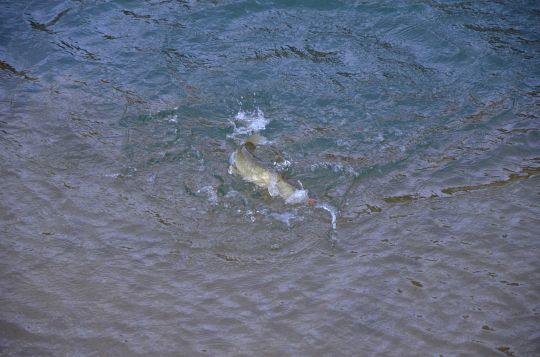
Challenges and vigilance
This improvement in fish population is mainly the result of a major improvement in wastewater treatment, pollution reduction and rigorous monitoring of water quality via the MeSeine observatory and automated SIAAP stations.
Persistent threats: climate change can cause oxygen levels to drop during heat waves, endangering certain sensitive species.
Improved water quality is the main factor in the return of fish to the Seine: depollution, reduced industrial discharges and wastewater treatment have helped to re-oxygenate the river and reduce the concentration of toxic pollutants (ammonium, phosphates, nitrogen). As a result, species that had completely disappeared, such as the sculpin (sensitive to pollution), eel and sea trout, have been able to recolonize the Seine, reflecting a genuine ecological restoration.
According to specialists, there are now between 35 and 40 species of fish in the Seine and Marne rivers, compared with just three in the 1970s, when chronic pollution caused oxygen levels to plummet, making fish life impossible. The presence of fish that are "demanding" in terms of environmental quality, such as pike and barbel, is a strong indicator.
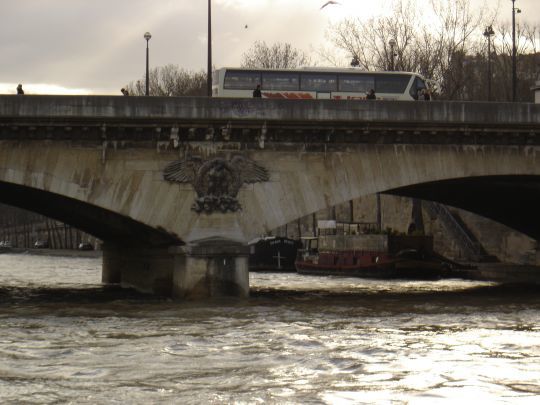
Water quality influences
- Species richness: the cleaner and more oxygenated the water, the greater the diversity of fish species.
- Return of migratory speciesâeuros¯: fish such as smelt, sea trout and eels are earning a living by reducing pollution and restoring ecological continuity.
- Effect on historic species: the return of sculpin and pike, "umbrella" species, testifies to the river's overall good health.
- However, water quality remains fragile: global warming or new inputs of pollutants risk undermining the efforts made by causing eutrophication and a drop in dissolved oxygen, which can lead to the death of the most sensitive fish.
Improved water quality in the Seine has led to a marked increase and diversification in fish populations, but this requires vigilant maintenance of sanitation practices to preserve this dynamic.

 /
/ 